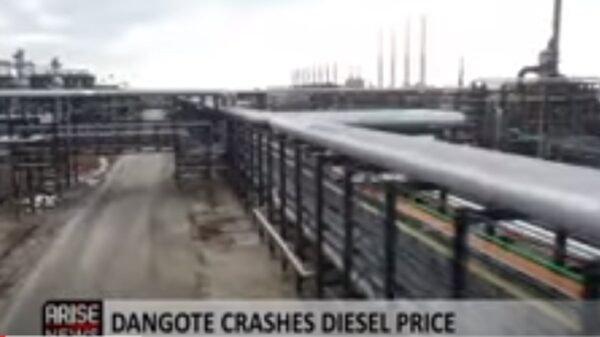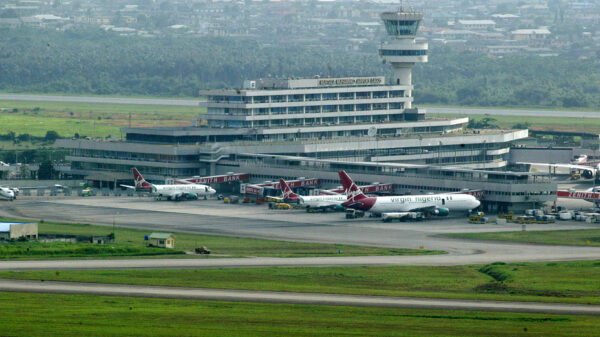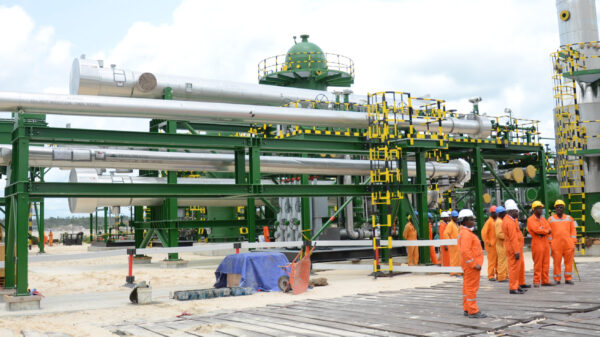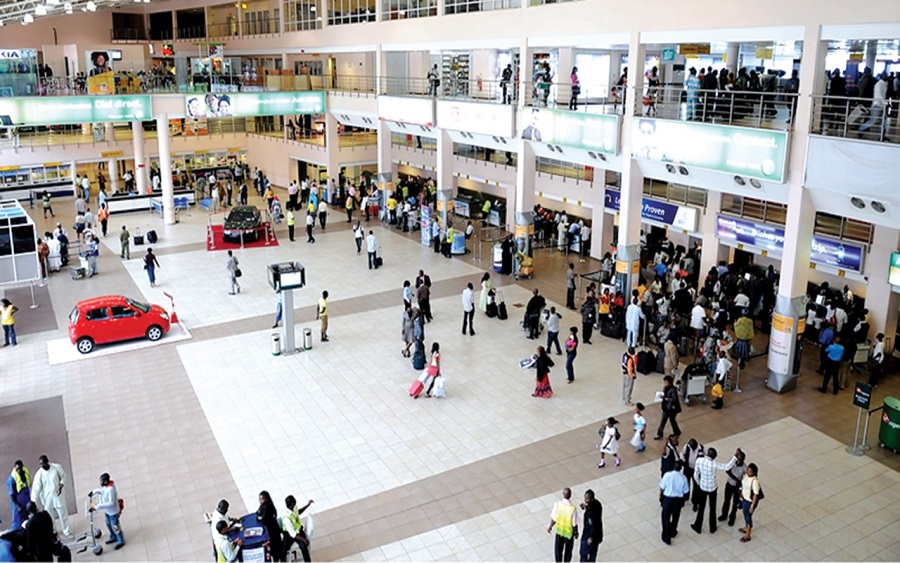The recent announcement by the Nigerian Meteorological Agency (NiMet) which predicted three days of thunderstorms, cloudiness and downpour from Monday to Wednesday this week, across the country, may have sent jitters through air travellers, particularly those who plan to travel by air for the upcoming Muslim holiday on Tuesday and Wednesday.
Although flying in the rain can sometimes create long-lasting impressions of fear and flying apathy in passengers, it is not as hazardous as people may think. Here are a few things that air travellers should know about flying in the rain.
It is safe to fly when it is raining/windy
It is important to note that flying when it is raining or windy is safe, as it does not always mean the flight will be a rough one. Since you are likely going to arrive at the airport and remain on the ground prior to any boarding and take-off, there is no cause for fear.
The air traffic controllers (ATC) will not clear an aircraft for take-off if the weather conditions are dangerous. In the worst case, a flight may get delayed and passengers would need to be patient as the delay is to ensure their safety.
Expect a bumpy flight
The flight could get bumpy but that is not to say that the aircraft will crash. Flying through monsoon clouds, especially the curly, rainstorm type, will mean bumps, thuds, sudden drops and inexplicable ‘lifts’ of the aircraft.
Think about it somewhat like manoeuvring a car through potholes and road bumps. As irritating as these things are, they will not necessarily tear a vehicle apart.
Lightning will not affect the aircraft
Lightning accompanying rainfall could hit an aircraft but this hurts neither the aircraft nor the passengers as aeroplanes are built to absorb over eight times the energy carried by a bolt of lightning.
More crucially, in the event of a strike, the energy is dissipated through tiny, pin-like devices on the wings, and does not affect the passengers or the aircraft’s electronics.
Your pilot may choose to land after a strike but that is most likely to be as a safety precaution and not because the aircraft is in a distress situation. There are many incidences that warrant a pilot terminating a journey (making an air return) as a precautionary measure.
Aircraft are built to withstand rough weather
It is also important for passengers to know that aircraft are conceptualised, designed and built to withstand the roughest of weather conditions, including rain. Therefore, a heavy downpour will not tear the plane apart. The wings of an aircraft can withstand extreme pressure, as can the cabin. Advanced aviation navigational aid equipment that are now installed at airports and built into aircraft can facilitate the landing of an aircraft in low visibility without fuss, even if it’s raining cats and dogs, as they say, and no one can see the runway.
Look up to the cabin crew
It’s not uncommon for nervous flyers to imagine the cockpit crew working the controls trying to negotiate a rough patch. The truth, however, is that your pilot is probably worrying about keeping the coffee in his (or her) cup.
Turbulence is common, and in several cases, is negotiated by the aircraft’s autopilot. Also, flight attendants have been trained to handle all worst-case scenarios.
When your aircraft is tossing about and you are trying to figure if it’s safe or not, always pause and observe the flight attendants. They don’t want to die either. Observe how they seem completely unaffected and draw confidence from them that all is well with the flight.
Take a seat right on the wing
If you have a phobia for flying and you know you are bound to get nervous due to inclement weather, then take a seat right on the wing, closest to the aircraft’s centre of gravity, and you will have a relatively calm flight no matter what happens in the sky. But on an aircraft, just like a long bus, if you sit at the back of the aircraft, you’re bound to have a bumpy ride.
Keep to the instructions of the crew
This is by far the most important thing to do. Turbulence is the number one cause of injuries to air passengers in the sky and most often, it’s because some passengers won’t obey the simple instruction to fasten their seat belts.
You may think it’s okay to ignore the seat-belt sign when the goings have been good and it’s nice and sunny outside, but once the weather changes and the seat belt signs come on, it’s best to obey and get the belt buckled.
In case you missed it
The NiMet’s weather outlook released on Sunday in Abuja predicted chances of thunderstorms over parts of Kebbi, Kano, Bauchi, Borno, Taraba, Kaduna, Adamawa and Yobe States in the morning hours on Monday.
NiMet said, “Thunderstorms are expected over the entire Northcentral region in the afternoon and evening periods.
“Inland and Coastal cities of the South are expected to be cloudy over the Southwestern region, with chances of morning rains over Imo, Enugu, Anambra, Abia, Ebony, Ogun, Lagos, Cross River, Delta, Bayelsa, Akwa Ibom and Rivers States.”
Article Originally Published Here.



















































You must be logged in to post a comment Login